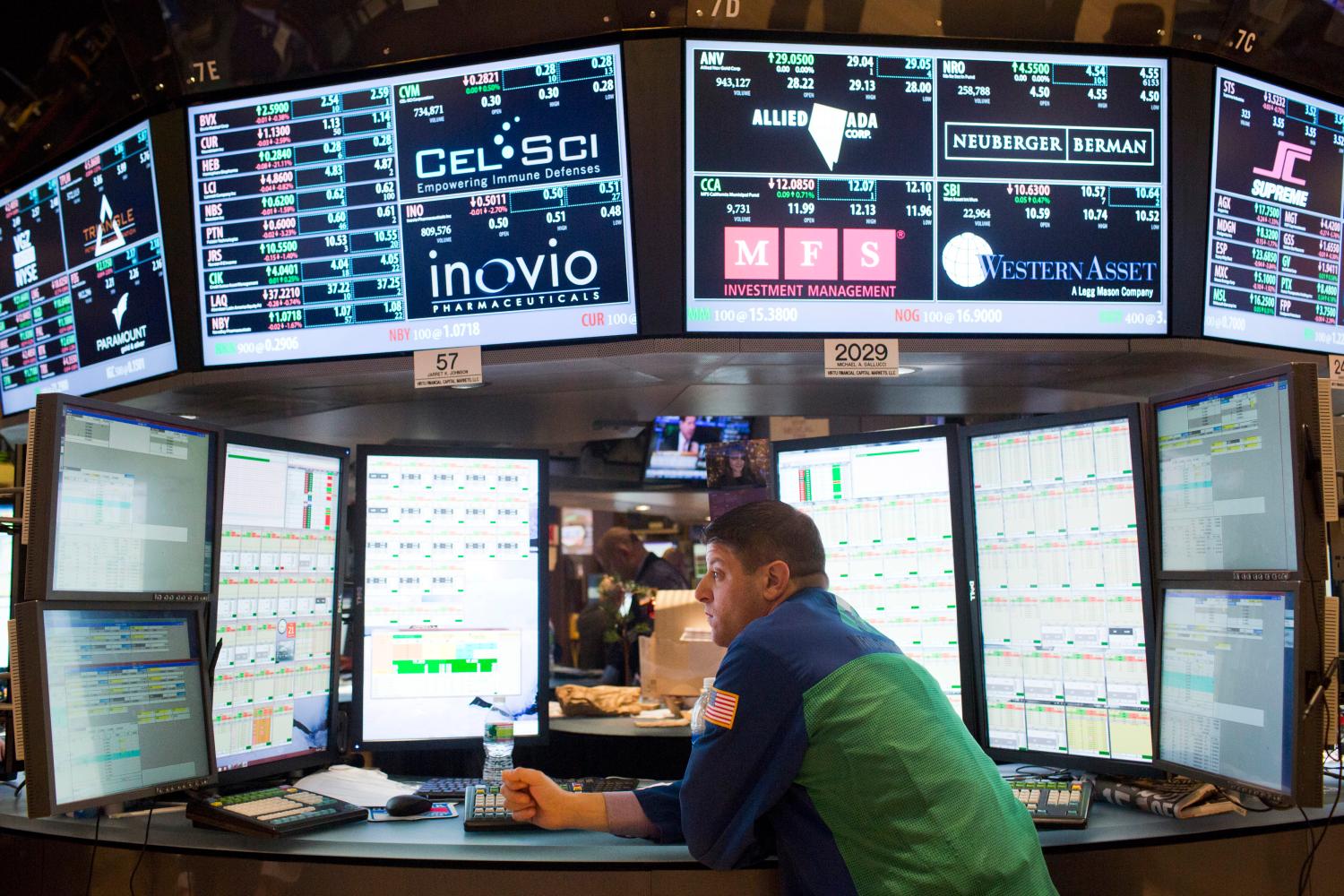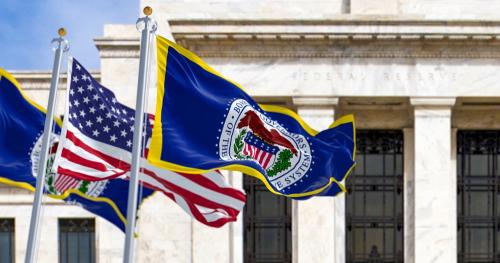Economic growth again disappointed in 2012. Around this time in 2011, the policymakers at the Federal Reserve were predicting the economy would grow in 2012 around 3 percent or a bit above; it now appears that economic growth this year will be 2 percent or a bit below. Nonetheless, the unemployment rate did fall a little more than Fed policymakers were predicting—from 8.5 to 7.7 percent—but this was not as good news as it seems because the drop was due to disappointing productivity growth and people dropping out of the labor force, in part as they grew discouraged looking for work.
Headline inflation numbers reflected the rise and fall of energy and other commodity prices in 2012, but considerable slack in the labor market and the economy more generally kept a lid on price increases. Wage and compensation growth remained very sluggish—real wages and unit labor costs for businesses were about unchanged over the year—reflecting the intense competition for jobs. Inflation actually slowed over the year, falling from 2.4 to 1.7 percent overall on the Fed’s preferred PCE chain price index (through October, latest data available) and from 1.9 to 1.6 percent for the core measure that abstracts from volatile food and energy prices.
With inflation subdued and showing no signs of picking up, unemployment still well above the Federal Reserve’s estimate of its long-term sustainable value, and concerns intensifying that cyclical unemployment could turn into structural unemployment permanently reducing the economic potential of the U.S. economy, the Federal Reserve kept its policy focus firmly on what it could do to boost growth to improve labor market conditions more quickly. In the past, under conditions like these, it would have lowered its target federal funds rate, and that action would have reduced intermediate and longer-term borrowing costs, raised asset prices and weakened the dollar, all three channels inducing businesses and households to buy more U.S. produced goods and services. But short-term interest rates are already at zero, so the Federal Reserve must operate more directly on intermediate and longer-term rates, which in turn should feed through to asset prices and the dollar as well as lowering borrowing costs. It has developed two techniques to do this: buying longer-term securities; and stretching out the time that market participants expect short-term rates to be near zero by giving guidance on how long the Fed itself expects short-term rates to remain at these extraordinarily low levels.
It used both of these techniques in 2012, adding innovative spins late in the year. Importantly it started the year by spelling out a bit more clearly its approach to pursuing its dual legislative objectives of “maximum employment and stable prices.” Two points were critical: First, it explicitly adopted a long-run inflation target of an increase of 2 percent in the PCE chain price index; it was hoping that the target would help to anchor inflation expectations more firmly and thus would enable it to adopt more aggressive policies to boost employment without endangering achievement of its price stability mandate. Second, it enunciated a “balanced approach” to pursuing its two objectives such that if they ever appeared to be in conflict they would give greater weight to the goal they were missing by more, taking more time to achieve the other goal. In the current context the “balanced” approach implies that if inflation is expected to run a little over target while unemployment is still quite high they wouldn’t withdraw policy accommodation right away but would approach the price stability goal slowly while continuing to make faster progress on unemployment.
Through the first nine months of the year, the Federal Reserve extended policies and techniques it had adopted in 2011 to reduce longer-term interest rates. It continued the maturity extension program popularly known as “Operation Twist” in which it sold shorter-term treasury securities and bought longer-term Treasury debt to put downward pressure on long-term rates. And it adjusted its estimate of how long near zero short-term rates would need to be maintained from “at least through mid 2013” to “at least through late 2014.”
Then at its September, October, and December meetings the Federal Reserve became more aggressive and more innovative. It restarted its program to expand reserves and its own balance sheet by buying mortgage backed securities in order to reduce mortgage rates and help the housing market and by converting its “twist” acquisition of Treasury securities into outright purchases financed by reserve creation. And it extended its expected period of near-zero interest rates to “at least mid 2015.” But in addition it innovated by tying the two types of policies—purchases and low interest rates—to evolving economic conditions rather than to a given amount of purchases or a date for raising rates. It will continue its purchases so long as the outlook for the labor market does not improve substantially. And it will not consider raising rates so long as unemployment is above 6.5 percent while projected inflation is below 2.5 percent, though to be sure they left themselves some wiggle room by noting that they will be looking at a variety of indicators of labor market tightness and inflation pressures.
The shift to economic conditions and the particular economic conditions chosen to act as thresholds for considering changing policy have several important implications. They reinforce the primary focus on labor markets—the maximum employment part of the dual mandate in the current and expected circumstances of still-high unemployment and still-low inflation. To that end, they imply continued downward pressure on interest rates through purchases so long as the labor market doesn’t look like it will be approaching a much better place in the future. And they make more explicit the willingness to take inflation risks—indeed to tolerate inflation a little over the new 2 percent target for a time —in order to get that labor market improvement, before raising interest rates. One of the objectives appears to have been to reassure households and businesses that the Federal a Reserve will not tighten prematurely and that they can plan on the Fed continuing to support growth for some time. And the shift to economic conditions implies that markets will be able to adjust interest rates with less explicit guidance from the Fed because market participants should better understand how the Federal Reserve itself will respond to evolving economic conditions.
Although financial market reactions to these late-year announcements were muted—except for a notable decline in mortgage rates– most observers agree that the actions of the Federal Reserve have been transmitted through the financial markets in the forms of easier financing conditions for a variety of borrowers and of higher asset prices. As such they should help to boost spending at least a little, though the extent of the improvement is not expected to be large. It’s difficult to see their effect on confidence in an environment that is dominated by discussions of fiscal policy and where the difficult negotiations between the administration and Congress appear to have had a negative effect on household and business attitudes.
As we exit 2012, the growth outlook is highly dependent on the outcome of those fiscal negotiations as well as on developments overseas, where many industrial economies are stagnant or in recession. The Federal Reserve has spent 2012 laying out a framework for monetary policy to respond to evolving economic conditions, whatever the source of change. The consensus economic forecast for 2013 is for another year of moderate growth and only slow progress in lowering the unemployment rate, even with a favorable resolution of the fiscal difficulties that reduces uncertinaty while not front-loading restraint. Under these circumstances we could expect the Federal Reserve to continue buying securities and keeping rates at very low levels for some time. As to whether the fertile brains of Chairman Bernanke and his colleagues will come up with further innovations to speed this process along, we’ll just have to stay tuned.
The Brookings Institution is committed to quality, independence, and impact.
We are supported by a diverse array of funders. In line with our values and policies, each Brookings publication represents the sole views of its author(s).



Commentary
Monetary Policy in 2012: Further Disappointments in Growth; Further Innovations in Monetary Policy
December 20, 2012